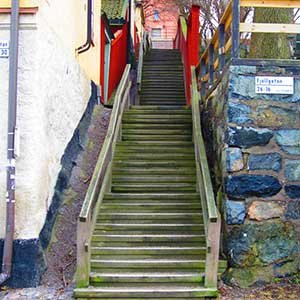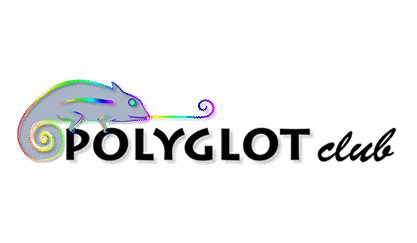Help

My method shows the learner to how adapt the learning method to overcome the different issues at each level of the learning process. Here is a brief summary of the situation for the learner at each stage of the language learning process:
Stage 1 is the most delicate phase. Everything is new. The sounds of the language can sound almost indistinguishable to our ears. Vocabulary and grammar can also be completely new to us and be unlike anything we know in our mother tongue. It takes time for the brain to get used to the sounds, patterns, grammatical structures, vocabulary and rhythms of the new language. It takes time for the brain to process the huge quantity of information it is being exposed to. These pieces of information are stored in specific locations in the brain. Further time is then needed to “network” this new information in the brain to join up the words to the sounds. At an even higher level, an overall and superior networking is required to put together everything. This whole process is makes up the “linguistic core”.
The language no longer sounds so foreign now. It is possible to recognise the rhythm of the language and pick out its sounds. When a native talks about familiar topics, the learner can understand the bigger picture of what’s being said and can identify speech patterns in the language. Acquiring sounds, words and structures becomes quicker and easier. The brain is putting together the pieces of the language absorbed through listening and reading, writing and listening practice. At this stage, things are getting easier, but you still have the feeling that you cannot fully manage in the language in a wide variety of situations.
During the transition period from the intermediate stage to the advanced stage, something clicks. Suddenly everything that had been difficult so far (in terms of comprehension and oral skills) becomes easy. Understanding native speakers, following a TV show and reading newspapers are possible. Building sentences is done effortlessly. We call this the Epiphany point (E point). After the E point language learning continues without so much effort on the learner’s part. You can use the language in real life situations to increase your knowledge and ability, often without the help of course or language course books. At this stage in the learning process you can begin to explore the rich tapestry of the language and build on a deeper understanding of the workings of the language.
The rate of one’s learning must be adapted to the specific features of each stage. Getting to grips with the challenges of each language is key. Then it is a question of tackling the challenges presented at each stage of learning. This is one of the main themes I intend to develop with you on this blog. Let me know your thoughts and experiences and stay tuned for more soon from me!
The English version of this article was written by Luca Lampariello in collaboration with Richard Simcott.
Related topics:
- How Long Does It Take to Learn a Language?
- How translations can help you learn languages
- From B to C: How to Become Proficient in Any Language (part 1)
- How to make a language your friend
- How I Became Fluent in Spanish Without Living in Spain (and How You Can Do it Too)
Comments
 1
1
 3
3
 1
All
1
All













































 Source: Luca Lampariello
Source: Luca Lampariello
